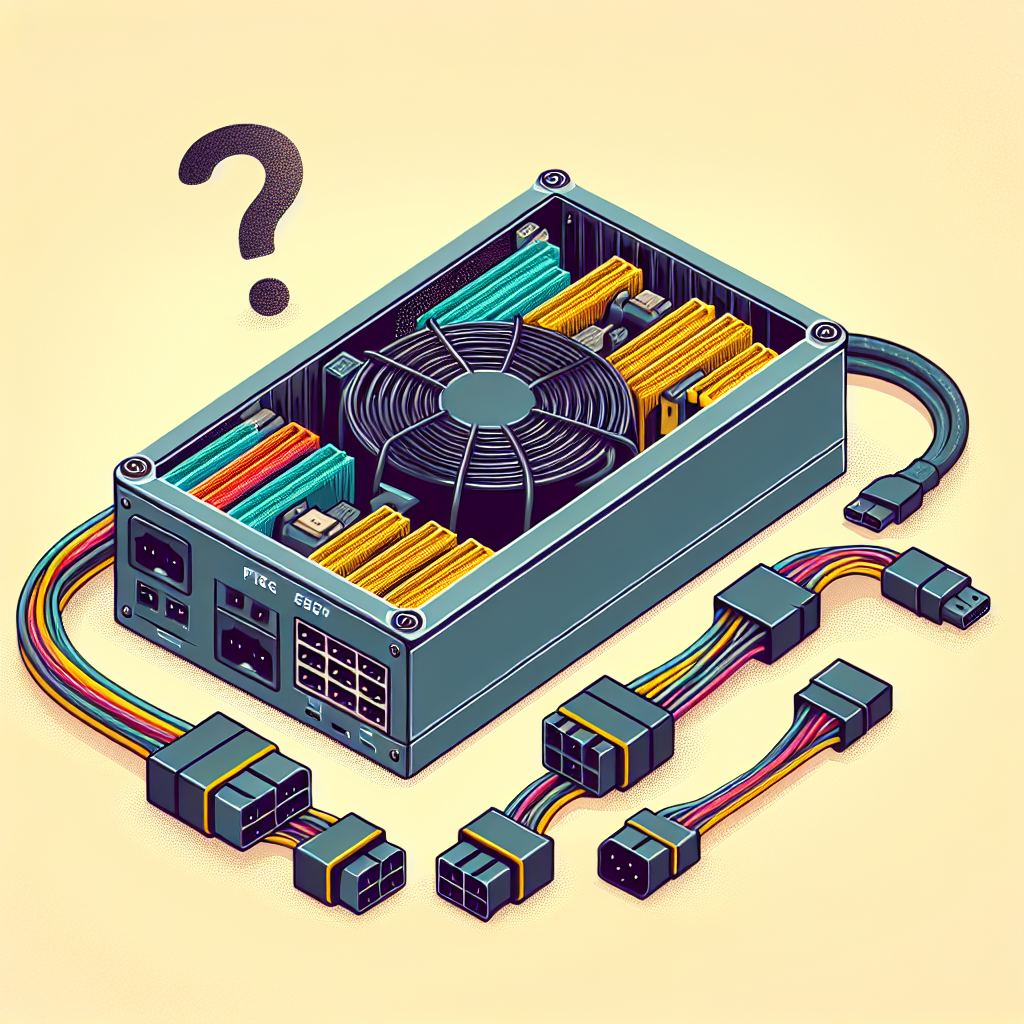Choosing the right power supply unit (PSU) is crucial for ensuring that your computer runs smoothly, especially if you are a gamer or a professional working with graphic-intensive applications. One essential aspect of a power supply is the number of PCIe connectors it has. These connectors are necessary for providing power to modern graphic cards. But how do you know if your power supply has enough PCIe connectors? This article will guide you through the factors you need to consider, the steps to check your PSU, and even troubleshoot common issues.
Understanding PCIe Connectors
PCIe (Peripheral Component Interconnect Express) connectors play a vital role in delivering power to your graphics card. Most modern graphics cards require dedicated PCIe power connectors, typically ranging from 6-pin and 8-pin connectors to newer technologies requiring multiple connections. The number of connectors you need will depend on your specific graphics card model and its power requirements.
| Graphics Card Model | Power Connector Requirements |
|---|---|
| NVIDIA GeForce RTX 3060 | 1 x 8-pin |
| NVIDIA GeForce RTX 3080 | 2 x 8-pin |
| AMD Radeon RX 6700 XT | 1 x 8-pin + 1 x 6-pin |
| NVIDIA GeForce GTX 1660 | 1 x 6-pin |
How to Check Your PSU for PCIe Connectors
1. Identify Your Power Supply Model
The first step is to identify your PSU model. You can often find this information on a label located on the side or bottom of your PSU unit. If your power supply is installed in a case, you may need to open the case to access the PSU directly.
2. Inspect the Cables
Once you identify your power supply model, inspect the cables attached to it. Look specifically for PCIe power cables, which typically come in 6-pin and 8-pin configurations. Some PSU models may convert a 6-pin cable into an 8-pin cable by adding an extra 2-pins.
3. Use Manufacturer Specifications
Check the PSU manufacturer’s website or user manual for specifications, which usually include the total number of PCIe connectors available. Ensure you look for the right model to get accurate information.
Power Requirements for Your Components
1. Calculate Total Power Consumption
Understanding the power requirements of your entire system is essential. Use the following formula to estimate the total wattage:
- CPU Power Requirement (in watts) + GPU Power Requirement (in watts) + Additional components (motherboard, RAM, storage, etc.) = Total Power Requirement
Make sure to leave some margin (20-30%) for efficiency and overclocking.
2. Use Online Calculators
There are various online power supply calculators that can help you determine your system’s wattage requirements. Simply input your components, and the calculator will suggest the wattage you should aim for in your PSU.
Common Issues When Lacking PCIe Connectors
1. Incompatibility with Graphics Cards
If your PSU lacks sufficient PCIe connectors for your graphics card, it can lead to incompatibility issues. This may result in the graphics card not functioning or crashing during heavy loads.
2. System Instability
Even if your GPU powers up, having an inadequate power supply can lead to system instability, causing random crashes or performance hitches, especially during gaming or heavy computational tasks.
3. Overloading the Supply
Connecting too many components without enough PCIe connectors puts extra strain on the PSU, potentially leading to overheating and even damage to the unit.
What to Do If You Need More PCIe Connectors
1. Upgrade Your Power Supply
The simplest solution is to replace your existing PSU with one that has the necessary number of PCIe connectors for your needs. Make sure to choose a power supply from a reputable manufacturer that meets the wattage requirements for your system components.
2. Use PSU Splitters
If replacing your power supply is not an option, you can use PCIe splitter cables. They allow you to convert one PCIe connector into two. However, this is generally not recommended for high-load systems, as it may lead to insufficient power delivery.
3. Accessory Adapters
There are various adapter options available for converting 4-pin Molex or SATA connectors to PCIe connectors. However, similar to splitters, this should be a last-resort option and used with caution.
Conclusion
Determining whether your power supply has enough PCIe connectors is an essential step in ensuring your system operates smoothly. Be sure to consider the power requirements of your components and have enough PCIe connectors to provide adequate power to your graphics card. By following the steps outlined in this article, you can confidently assess your PSU and take the necessary actions to upgrade or adjust your system for optimal performance.
